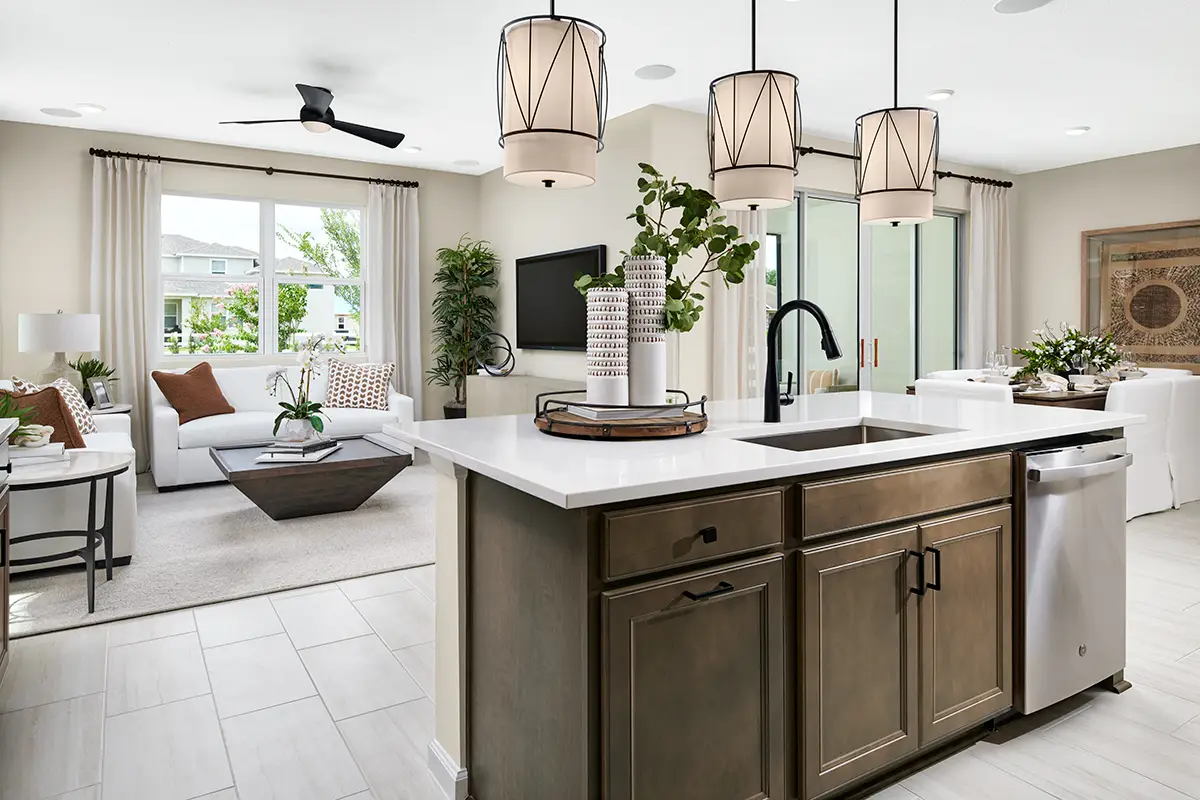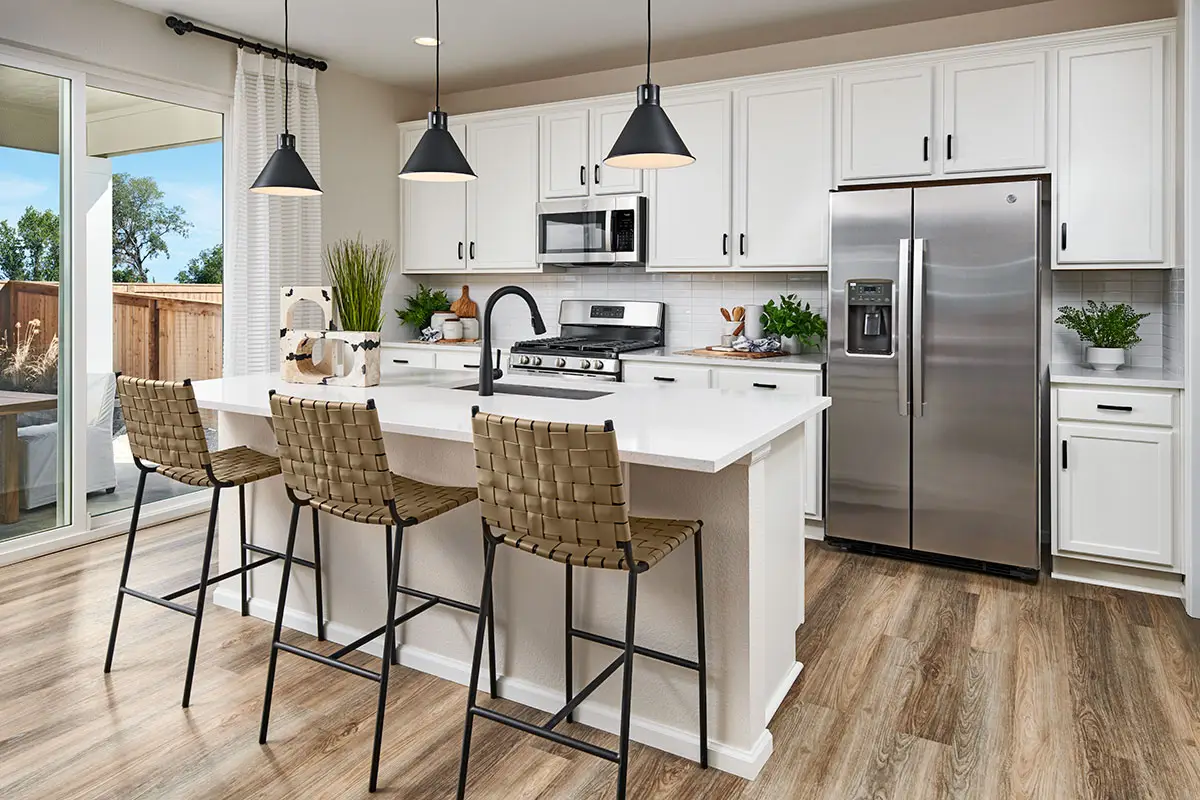You’ve found the right real estate agent, repaired or replaced everything that needed fixing and covered the three D’s of home staging — Decluttering, Depersonalization and Deep cleaning. Finally, it’s time to put your home on the market.
But, wait! There’s one often-overlooked detail that could sabotage all your hard work: the lighting.
In the game of First Impressions, a poorly lit home is at an automatic disadvantage. Darkness can make a home feel small, uninviting and dirty, even when it isn’t. Worse, a potential buyer may wonder what flaws are lurking in the shadows.
Lighting design is a topic that could fill its own blog, but here are some basic lighting tips to help you make a bright, energizing impression at your next home showing.
Do a room-by-room light audit.
Open all the curtains and blinds, turn on all the lights and look at each space through the eyes of a buyer. Use your camera if it helps you make note of any areas that need help. Keep in mind that showings may happen at different times of day, so it’s good to repeat the exercise in the evening, when there’s less natural light.
Address non-lighting light problems.
Sometimes “lighting problems” are actually décor problems. Dark furnishings, wall colors, flooring and even ceiling colors can make a room seem dark no matter how much light you pour into them. If you don’t have the time/budget/desire to paint or replace these things, here are some lower-commitment options:
- Use light colored bedding, throws, slip covers, drapes, area rugs and other room-appropriate accessories to brighten the space.
- Mirrors can reflect available light and make a room feel larger and more open. Try adding them to rooms with inadequate windows.
- Add light sources that can wash across dark walls. The diffused light can add to the ambient illumination and give the eye a little help when assessing the room’s true dimensions.
Update or upgrade your light fixtures and bulbs.
Dated fixtures may not be a deal-breaker, but they probably won’t show up in a buyer’s “pros” column. Replace or refurbish what you’re willing to, then install the most suitable bulbs. Depending on the type of room and how much natural light it already has, you may choose warm or cool lighting. As incandescent lights are being phased out of the market, LED bulbs can be a great alternative—they offer more lumens than incandescents, while using less energy and generating less heat.
Add more lamps and fixtures as needed.
If your existing lights still aren’t getting the job done, you may need to call for some reinforcements.
- Bedside lamps, desk lamps and under-cabinet lighting can all add to your overall light profile while also highlighting attractive details, like your backsplash or countertops.
- Vanity lighting in the bathrooms should be bright and consistent, with no drastic shadows and glare. Adding sconces beside the mirrors may help you achieve this.
- Attractive table lamps may offer visual interest, as well as much-needed light in a living room, den or game room. No surfaces for lamps? Consider torchieres or other floor lamps.
- Accent lighting can draw attention to a room’s focal points, such as the mantel or built-in shelving.
- Tread lighting can help brighten a staircase—and provide added safety benefits!
- Tall ceilings shrouded in shadows? Your lighting may be placed too low. Consider adding a ceiling fixture, track lighting or pendants, depending on your space.
Don’t forget exterior lighting!
Curb appeal is just as important at night as it is during the day. Potential buyers may drive by at any hour to check out your home and neighborhood.
- A well-lit exterior not only invites buyers, but it also discourages burglars. Your buyers may not be consciously thinking about it, but they may feel safer in your neighborhood when they see more lighting,
- Path lighting creates a welcoming impression and, like tread lighting, helps decrease tripping hazards.
Note: Many interior and exterior lighting options do not have to be hardwired. Alternative options can include solar, battery-powered and plug-in lights for both the inside and outside of your home.
More lighting tips for home sellers:
- Bedroom Lighting Guide: How to Light a Bedroom from The Spruce
- 15 Easy Ideas for Better Lighting from Better Homes & Gardens
- 35 Best Kitchen Lighting Ideas That Shine in Style from Good Housekeeping
- Pro Tips for Lighting 10 Rooms and Outdoor Areas from Houzz
Prepare to put your home on the market!
Learn how to photograph it like the pros with our free Real Estate Photography Guide.





